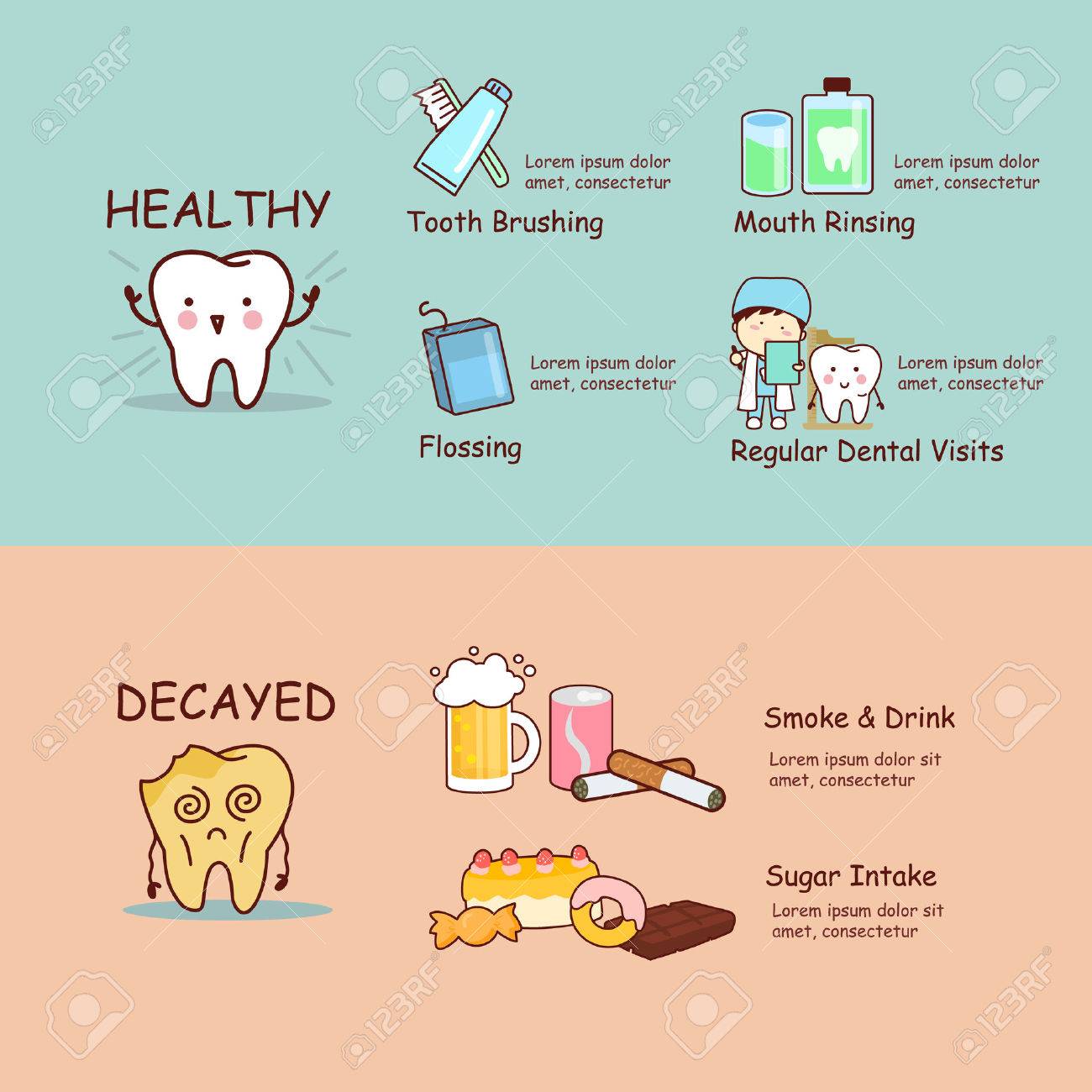The Advancement Of Oral Surgery: Arising Advancements And Growths Transforming The Discipline
The Advancement Of Oral Surgery: Arising Advancements And Growths Transforming The Discipline
Blog Article
Staff Writer-Foldager Hessellund
Invite to the world of oral surgery, where developments and advances are shaping the future of the area! In this amazing world, you'll witness the transformative power of robotics, the sophisticated marvel of 3D printing, and the game-changing influence of minimally intrusive methods.
The future of oral surgery holds a promise of accuracy, effectiveness, and boosted client outcomes. With the help of sophisticated robotics, doctors are able to execute intricate procedures with greater precision and control.
3D printing technology is reinventing the development of dental implants and prosthetics, offering personalized solutions that fit perfectly right into each client's unique composition.
Furthermore, minimally invasive techniques are minimizing post-operative pain and healing time, permitting clients to go back to their day-to-days live sooner.
Prepare yourself to discover the interesting technologies and developments that are improving the landscape of dental surgery!
Improvements in Robotics
One significant innovation in dental surgery is the use of robot modern technology, which allows for specific and efficient surgeries. With the help of robotic systems, dental surgeons have the ability to carry out complicated surgeries with boosted accuracy, decreasing the danger of human mistake.
These robotic systems are outfitted with innovative imaging modern technology and accurate tools that enable surgeons to navigate via complex physiological frameworks with ease. By making use of robot technology, surgeons can accomplish greater medical precision, leading to boosted patient outcomes and faster recuperation times.
In check out here , making use of robotics in dental surgery permits minimally invasive treatments, minimizing the trauma to bordering cells and promoting faster recovery.
3D Printing in Oral Surgery
To boost the field of dental surgery, you can discover the subtopic of 3D printing in oral surgery. This ingenious modern technology has the possible to change the means oral cosmetic surgeons run and treat individuals. https://alexislhbvp.blog2freedom.com/33010171/oral-implants-for-elders-what-you-required-to-know are 4 key ways in which 3D printing is forming the field:
- ** Personalized Surgical Guides **: 3D printing allows for the development of extremely exact and patient-specific surgical guides, enhancing the precision and effectiveness of treatments.
- ** link web page **: With 3D printing, dental surgeons can develop tailored implant prosthetics that flawlessly fit a patient's distinct makeup, leading to better end results and individual complete satisfaction.
- ** Bone Grafting **: 3D printing allows the production of patient-specific bone grafts, decreasing the requirement for traditional grafting strategies and enhancing healing and healing time.
- ** Education and Educating **: 3D printing can be made use of to produce realistic medical designs for educational functions, allowing dental doctors to practice intricate procedures before doing them on patients.
With its potential to boost precision, personalization, and training, 3D printing is an interesting growth in the field of oral surgery.
Minimally Invasive Strategies
To further progress the field of dental surgery, embrace the possibility of minimally invasive strategies that can substantially benefit both cosmetic surgeons and clients alike.
Minimally invasive methods are changing the area by lowering surgical injury, lessening post-operative pain, and accelerating the recuperation procedure. first dental home involve utilizing smaller cuts and specialized instruments to perform procedures with precision and effectiveness.
By making use of sophisticated imaging innovation, such as cone beam calculated tomography (CBCT), specialists can properly plan and implement surgical treatments with marginal invasiveness.
Additionally, the use of lasers in dental surgery enables exact cells cutting and coagulation, causing minimized bleeding and minimized recovery time.
With minimally intrusive strategies, people can experience quicker healing, minimized scarring, and boosted end results, making it an essential facet of the future of oral surgery.
Final thought
So, as you can see, the future of oral surgery is exceptionally encouraging, with interesting advancements and advances forming the area.
From the advancements in robotics to using 3D printing and minimally intrusive techniques, dental cosmetic surgeons are revolutionizing the method they provide care.
While some might worry about the possible cost connected with these innovations, it is necessary to keep in mind that these innovations eventually enhance client results and minimize healing time, making them well worth the financial investment in the future.
